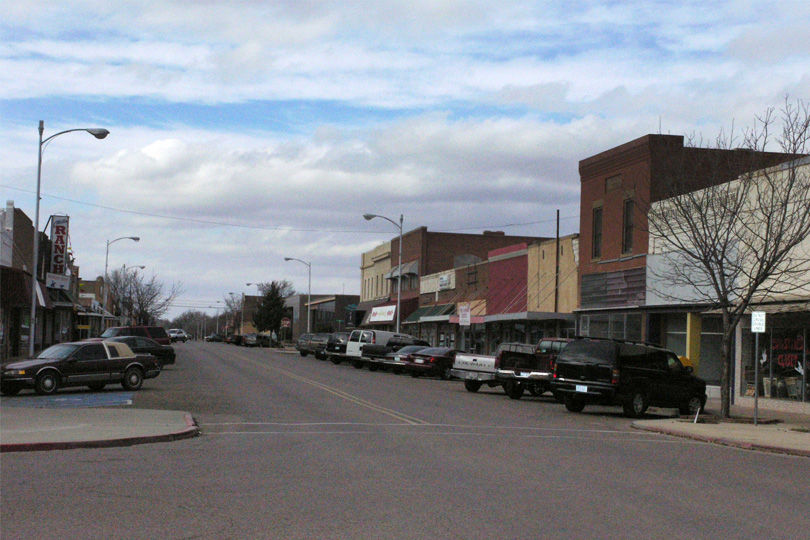The Texas population grew to 28.3 million people last year after gaining nearly 400,000 new residents in one year, according to new estimates released by the Census Bureau.
Data from the 2010 census showed the state’s population totaled 25.1 million.
The data show Texas experienced the largest population increase—399,734 residents—between July 2016 and July 2017, which also pushed Texas over 28 million residents.
At 1.4 percent, the Lone Star State had the seventh fastest growth rate in the country in the past year, according to the Texas Tribune. Texas also experienced the biggest numeric population growth of any state.
The largest population increase was natural—Texas families growing, rather than people moving to the state.
The addition of 209,690 residents was attributed to natural increase, while another 189,580 residents were the result of net migration.
Last year, net migration outpaced natural increase in the population growth for the state.
Net migration, which is the difference between the number of people leaving Texas for other places and the number of people coming to Texas, showed a decrease due of domestic migration.
From 2015 to 2016, 125,703 residents were added to the state as a result of domestic migration. That number dropped to 79,163 from 2016 to 2017.
Experts predict Texas’ growing population could come with political implications—adding congressional seats after the 2020 census, according to the Texas Tribune.
Complete updated demographic estimates won’t be released until later this year, but the state’s population growth indicates it is likely becoming less white.
More population and housing unit estimates can be found here.
Texas also experienced modest economic improvement in 2016, but overall poverty slightly dipped, according to census estimates.

